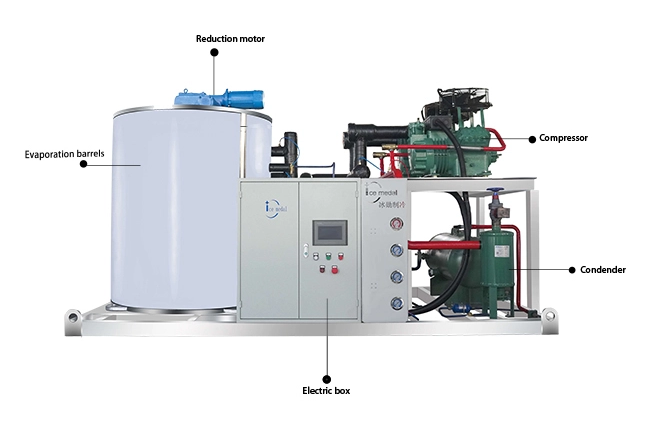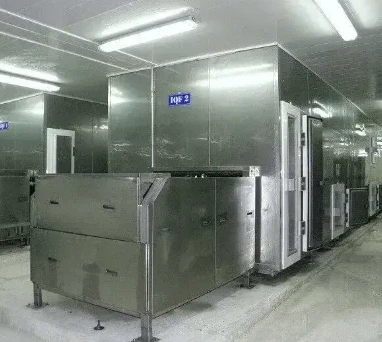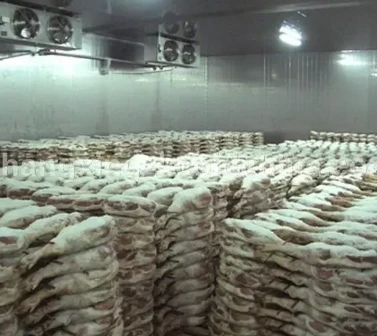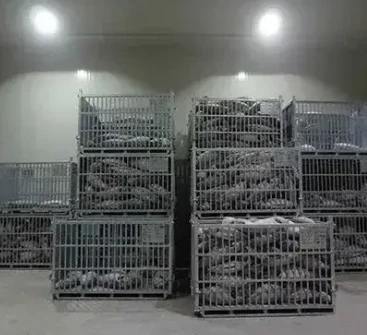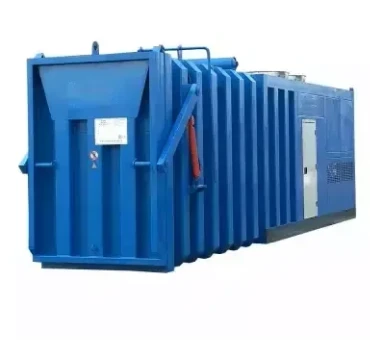How does a refrigerator icemaker work? ICE MACHINE

How do refrigerators make ice?
To begin the ice-making process, a timer triggers the water valve, which fills the ice mold with water. When the built-in thermistor has identified that the ice has frozen in the mold, the heating element is activated, softening the edges of the ice cubes. A motor spins a shaft with arms and the ice cubes are moved from the tray into the storage bin. In order to stop the cycle from starting again, a shut-off arm is lifted by the shaft. When the arm does not hit any ice, indicating the ice level is low, the cycle will repeat.

What are the parts of a refrigerator icemaker?
The parts of a refrigerator icemaker work like an ice-making assembly line transforming water into ice and filling the bin. They include a water valve, ice mold, thermistor, heating coil, motor, collection bin and a shut-off arm.
1. Water valve
When the ice-making process begins, the water valve is triggered to open for about seven seconds. It dispenses just enough water to fill the ice mold.
2. Ice mold
The ice mold is typically a plastic or aluminum die-cast well where the water freezes and solidifies into ice.
3. Thermistor
The refrigerator’s cooling unit freezes the water into ice. The icemaker has a built-in thermistor that monitors the water temperature in the molds. When the temperature reaches a certain level, the thermistor closes a switch in the electrical circuit.
4. Heating coil
When the thermistor closes the switch, a current flows through the heating coil underneath the icemaker. If the icemaker has an aluminum diecast mold, the coil warms the bottom of the ice mold just enough to loosen the cubes.
If the icemaker has a plastic mold, the motor flexes it and releases the ice.
5. Motor
The icemaker’s motor spins a gear, which rotates another gear on a long plastic shaft. The shaft has ejector teeth extending from it. The ejector teeth rotate to collect and push ice cubes out of the mold in the icemaker.
6. Ice collection bin
The ice cubes are pushed by the motor and ejector teeth into the collection bin, where they wait to be dispensed.
7. Shut-off arm
Just before the ice cubes are pushed out of the icemaker, a plastic drive cam catches the shut-off arm and lifts it up. Once the cubes are pushed out, the arm falls again. When the arm reaches its lowest point, it flips a circuit switch, activating the water valve to begin another cycle. If the arm cannot reach its lowest position, it will not activate the cycle, which will keep your ice collection bin from overflowing.

How do you use a refrigerator icemaker?
Ensure that your refrigerator is plugged in and ready for use and that the control arm is in the “on” position. As long as your refrigerator’s icemaker has had time to fill the ice bin with ice, you should be able to dispense ice from the front of the refrigerator or reach in to scoop ice, depending on your refrigerator model.
How long does it take a fridge to make ice?
The time your refrigerator icemaker takes to fill the ice bin will depend on the model. Typically, an icemaker can dispense around 8–10 ice cubes in about 90 minutes, and filling an empty ice bin may take about 2–3 days. You may be able to find more information about your specific model in your owner’s manual.
How long does a new fridge take to make ice?
A new refrigerator icemaker may take about 24 hours to reach a cold enough temperature to begin making ice. Some manufacturers recommend discarding the first couple bins of ice from a new refrigerator icemaker, so check with your manufacturer to determine if this is the case with your model.

Why is my fridge icemaker not working?
There are a few reasons why your icemaker may not be working properly. Some possible issues include:
-
A missing shelf
-
A clogged water filter
-
A broken control arm
-
A defective water inlet valve
-
A warm freezer or refrigerator compartment
-
A frozen water inlet tube or frozen motor
-
An ice clump in the bin or shoot
If your icemaker is not working properly, check out this icemaker troubleshooting guide to help you determine a potential solution and get your ice-making back on track.













































































































